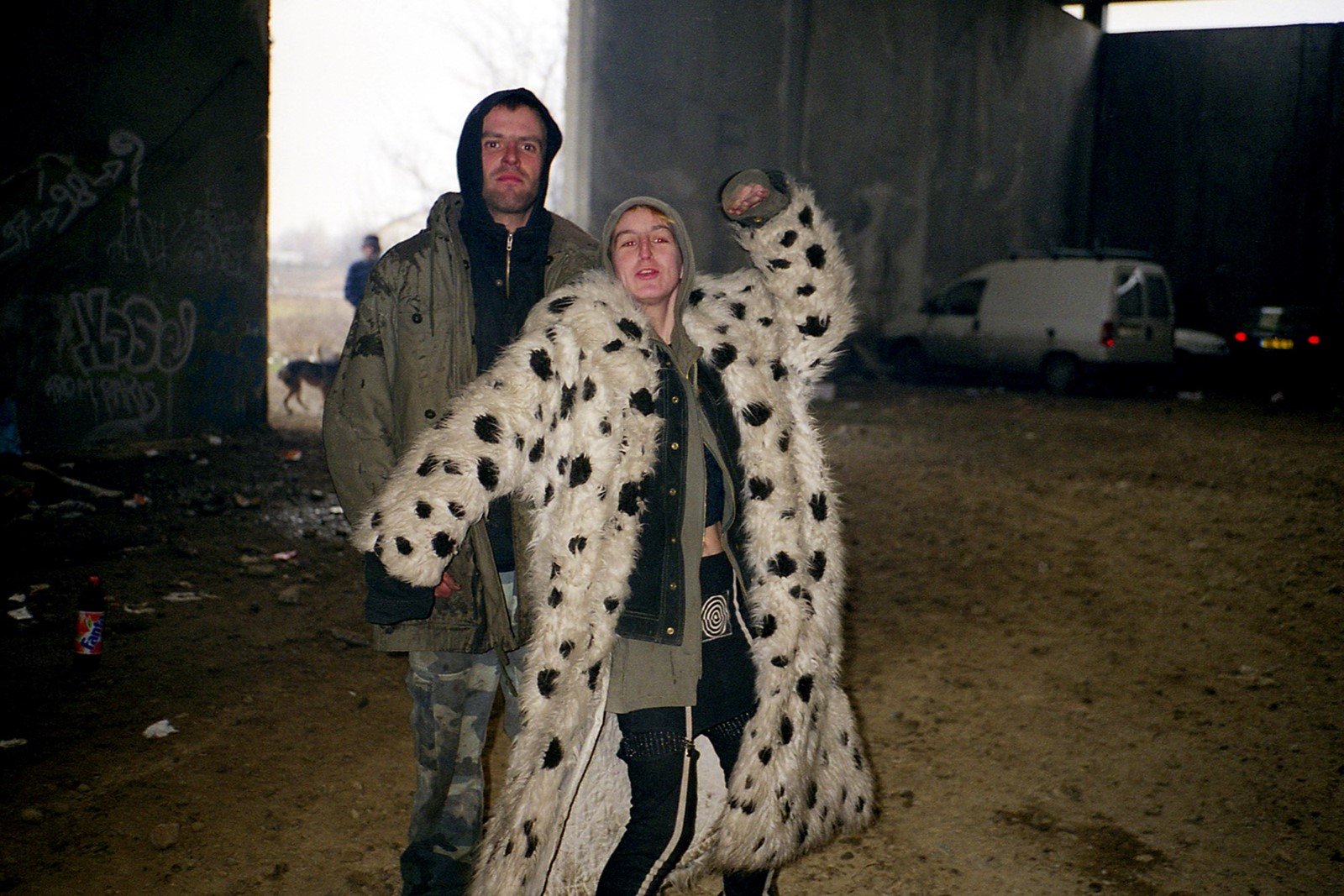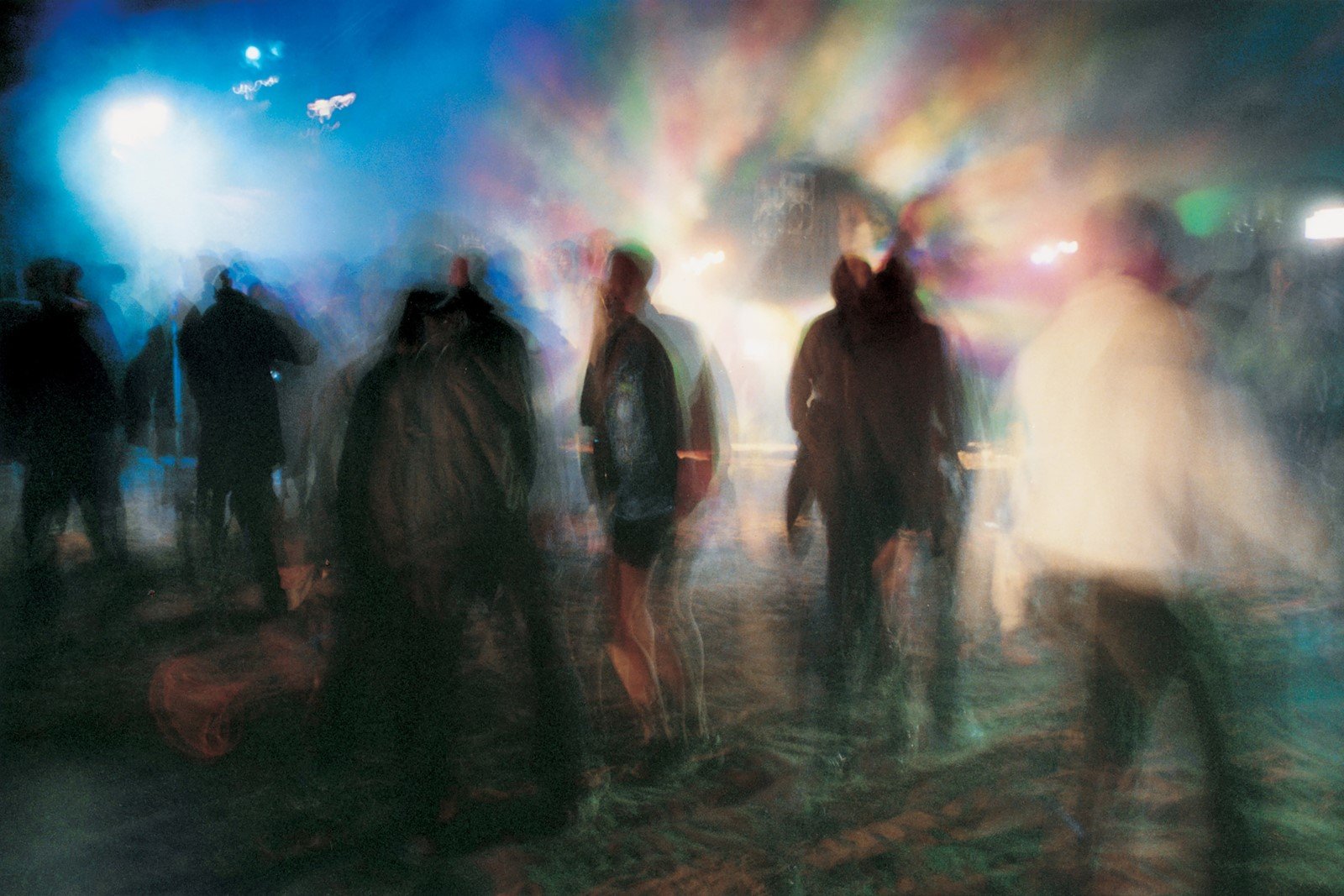Ode to the Rave
Three years after the pandemic, the global nightclub scene has undergone a transformation, prioritizing economic profit over fostering creative connections and maintaining open spaces. Raandoom explores these shifts and reflects upon the current state of the scene in European cities.
Photography Vinca Petersen
In all cultural movements, whether they manifest politically, musically, or artistically, lies an intrinsic desire to challenge the status quo and to breathe life into new formulas of expression. It's this longing for self-expression and creativity that pushes musical and clubbing revolutions led by those who refuse to conform to society's notions of popularity, which birthed rave culture. Yet, the landscape of urban nightlife has been profoundly reshaped by the forces of gentrification and harsh licensing regulations, inciting illegal meetups. The escalation of costs and regulatory constraints in major European capitals drove clubbing culture to seek solace in outdoor environments, a trend that gained further momentum amidst the pandemic-imposed restrictions on social gatherings. Navigating through the tumultuous era of lockdowns, a generation of youth grappled with the loss of a cherished avenue for liberation: dancing. Many turned to impromptu outdoor raves, braving the elements in pursuit of that elusive euphoria. Amidst the sense of despair and uncertainty as a generation grappled with economic instability, social isolation, and the looming specter of loss, a subtle shift began to take root in the collective consciousness of young adults navigating newfound independence: a pressing to embrace the present moment and build connections beyond the confines of their own mind and what was happening in the outside world. In this landscape, outdoor raves became an exciting gateway to exploration and connection, drawing together very diverse crowds.
Photography Vinca Petersen
Venturing through dark forests and parks late at night, guided by the glow of a few cellphone screens and a shared GPS pin, excitement built as the sound of music drew nearer. Eventually, revelers spotted the homemade DJ booth amidst the natural surroundings. Here, there were no costumes or social hierarchies—these gatherings were free of charge and devoid of pretense, offering a welcoming space for all. Since the lifting of restrictions, prices have skyrocketed to levels unimaginable before the pandemic, significantly impacting the music and cultural scenes. In the past, a full weekend of clubbing in Berlin could be enjoyed for as little as 15€ with no re-entry cost. However, nowadays, just the entrance fee can approach 30€, placing clubbing and other cultural activities out of reach for many. Could this change in atmosphere also be linked to the generational trauma affecting the way young people socialize? The liberating feeling of raving seems to be frequently replaced by a frantic fear of missing out, neglecting the desire for genuine connection and instead focusing on being seen.
Photography Vinca Petersen
The rising costs and current economic climate raise concerns about their impact on the creative sphere. There's a noticeable drain of creative talent, struggling to dedicate themselves to their craft and find inspiration amid reduced cultural engagement and soaring rental market. Are we seeing the end of club culture as we once knew? Despite these uncertain times, music persists, symbolizing a world where freedom and rebellion are continually celebrated and will always find a way to offer that liberating arena, as it has done before in trying times. Communities and parties that offer an escape from the stresses of everyday life and counteract dance music elitism by providing free, inclusive spaces seem to be becoming rarer, but they still exist. Novelty comes mostly in times of crisis. What will come next?



